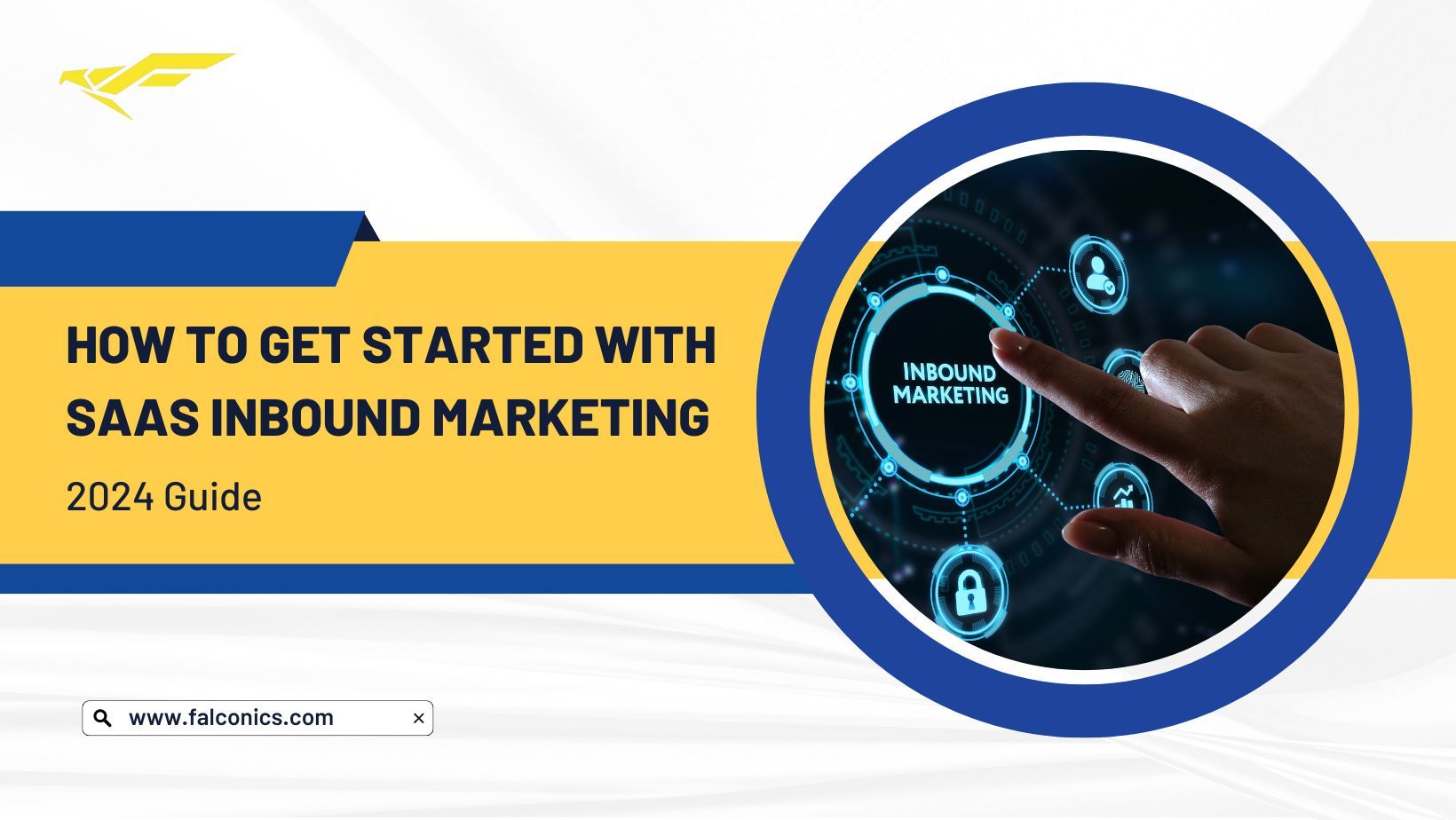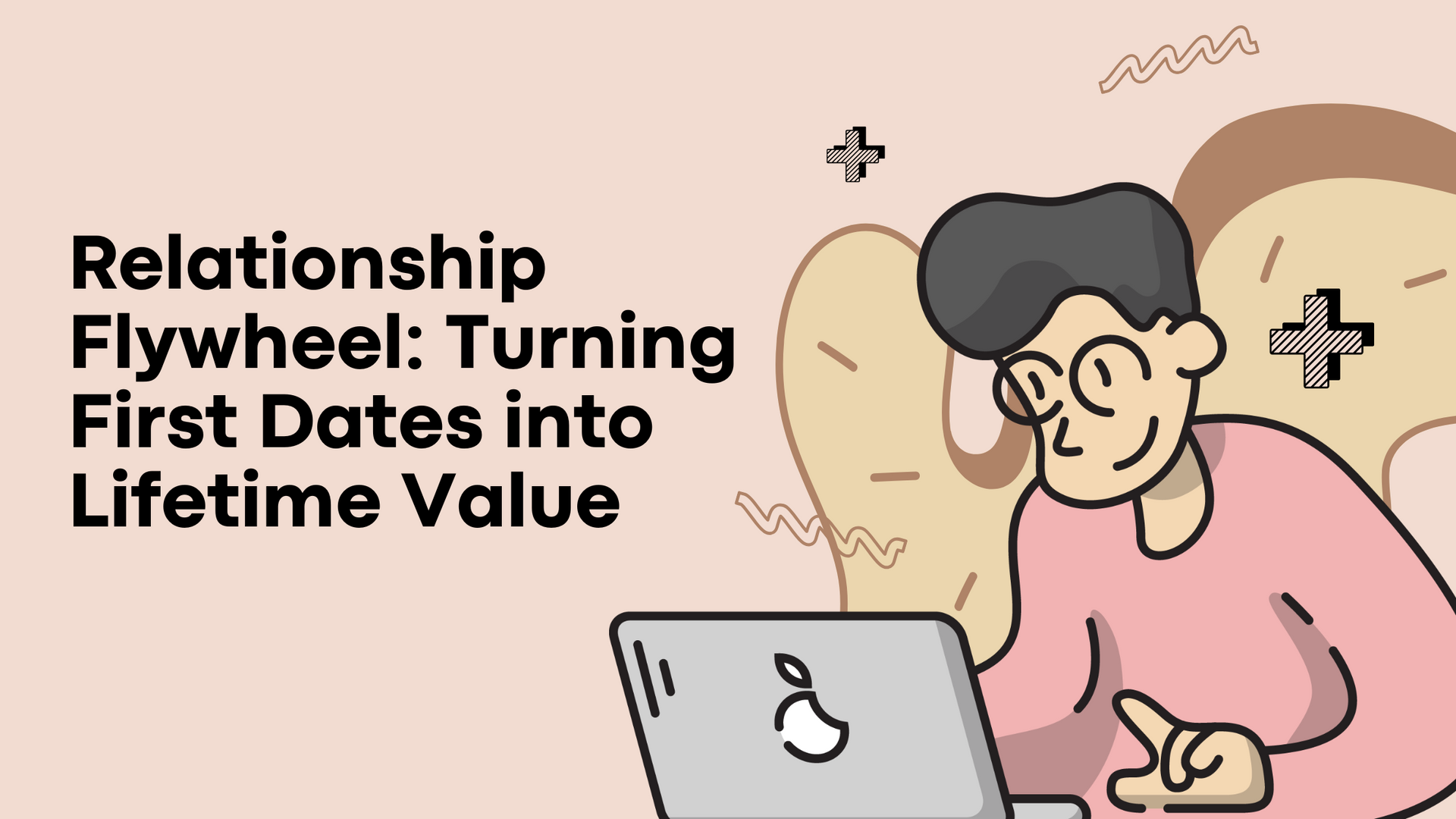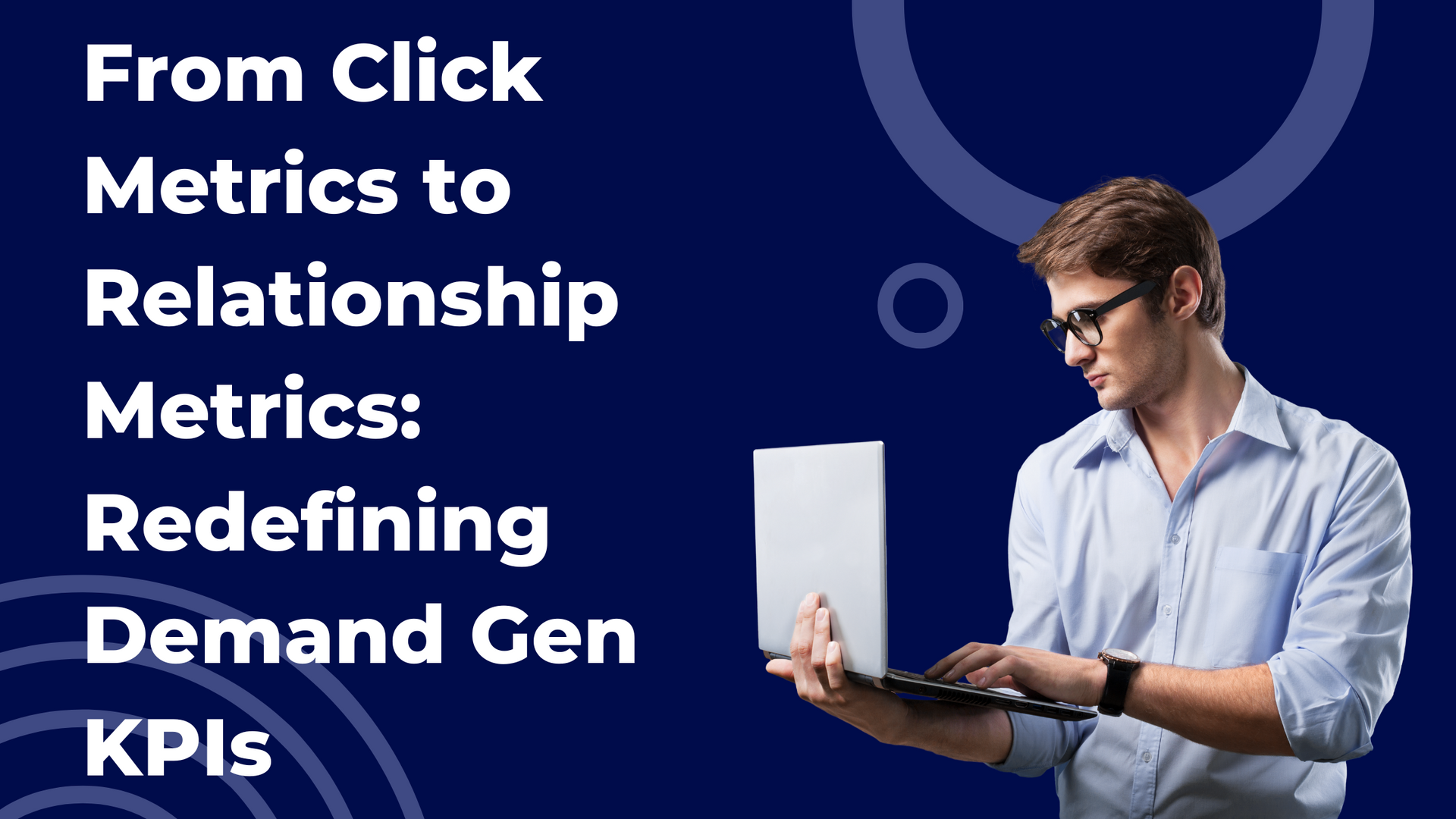How to Get Started With SaaS Inbound Marketing: 2024 Guide

Gone are the days of generic marketing tactics. To succeed, it's crucial to focus on personalization and understanding your audience. In this guide, we'll help you explore the latest trends, strategies, and tools in inbound marketing to ensure your SaaS business reaches the right audience at the right time.
What is Inbound Marketing? How Does it Differ from Outbound Marketing?
Inbound marketing is a modern approach focused on drawing customers to products and services via content creation, social media, and search engine optimization. Unlike traditional methods, it doesn't interrupt potential customers but attracts them with useful and relevant information. The idea is to create a connection and solve problems they are already trying to solve.
Outbound marketing, on the other hand, is like the traditional megaphone approach. It involves reaching out to potential customers through mediums like TV ads, billboards, cold calling, and direct mail.
The key differences lie in the approach and interaction:
- Permission vs Interruption: Inbound marketing is permission-based. It relies on earning the audience's attention, where they come to you. Outbound marketing is interruption-based, where the goal is to get in front of as many people as possible, regardless of whether they want to listen.
- Engagement vs Broadcasting: Inbound is about engaging with your audience, providing them with content that they find valuable. Outbound is more about broadcasting your message to a large audience, with less focus on personalization and engagement.
- Two-Way vs One-Way Communication: Inbound encourages a two-way conversation, often through social media or comments on a blog. Outbound typically involves one-way communication, where the audience doesn’t have an immediate way to respond or interact.
- Attracting vs Buying Attention:
With inbound, you attract attention organically through content that your audience finds useful. Outbound often involves buying attention through paid ads or media space.
Why Does This Matter for SaaS?
For SaaS companies,
inbound marketing is especially powerful. It aligns perfectly with the online nature of their products and services. By providing valuable content, SaaS businesses can establish themselves as thought leaders, build trust, and nurture long-term relationships with their customers. This approach is not just more cost-effective but also builds a foundation for sustainable growth in the digital age.
How to Get Started With SaaS Inbound Marketing
Getting started with your
SaaS inbound marketing journey can seem daunting at first, but with the right steps, it becomes a manageable and rewarding process. Here's how to get started:
Step 1: Understand Your Audience
The first step in effective inbound marketing is to know who you’re talking to. What are the challenges your potential customers face? What solutions are they looking for?
Step 2: Craft Quality Content
Once you know your audience, it’s time to create content that speaks to them. This could be blog posts, ebooks, webinars, or videos. The key is to provide value. Your content should answer questions, solve problems, and offer insights that are relevant to your audience. Remember, content is the bait in inbound marketing.
Step 3: Optimize for Search Engines (SEO)
Your content is only effective if it’s seen. Search engine optimization helps your content rank higher in search results, making it easier for your audience to find you. Use relevant keywords, create quality content, and ensure your website is user-friendly and fast.
Step 4: Leverage Social Media
Social media platforms are invaluable for promoting your content and engaging with your audience. Share your content, join conversations, and provide helpful responses to questions related to your field. The goal is to be present and active where your potential customers are.
Step 5: Use Email Marketing Wisely
Email is a powerful tool in inbound marketing. Use it to nurture leads by providing them with tailored content based on their interests and interactions with your brand. The key is personalization and relevance – make sure your emails speak directly to the needs of the recipient.
Step 6: Analyze and Adapt
Inbound marketing is not a set-it-and-forget-it strategy. It requires constant analysis and adaptation. Use tools to track the performance of your content, understand what’s working and what isn’t, and make adjustments accordingly.
Step 7: Be Patient and Consistent
Inbound marketing is a long-term strategy. It takes time to build momentum and see results. Consistency in your efforts is key. Keep producing quality content, optimizing your strategies, and engaging with your audience.
Summary
SaaS inbound marketing is a powerful strategy for businesses looking to grow their online presence and attract customers in 2024. By following the guidelines outlined in this blog, you can get started on the right path to success.
Ready to take your SaaS inbound marketing to the next level? Check out Falconics, your trusted partner in achieving digital marketing excellence. Contact us today for more information about our services.




